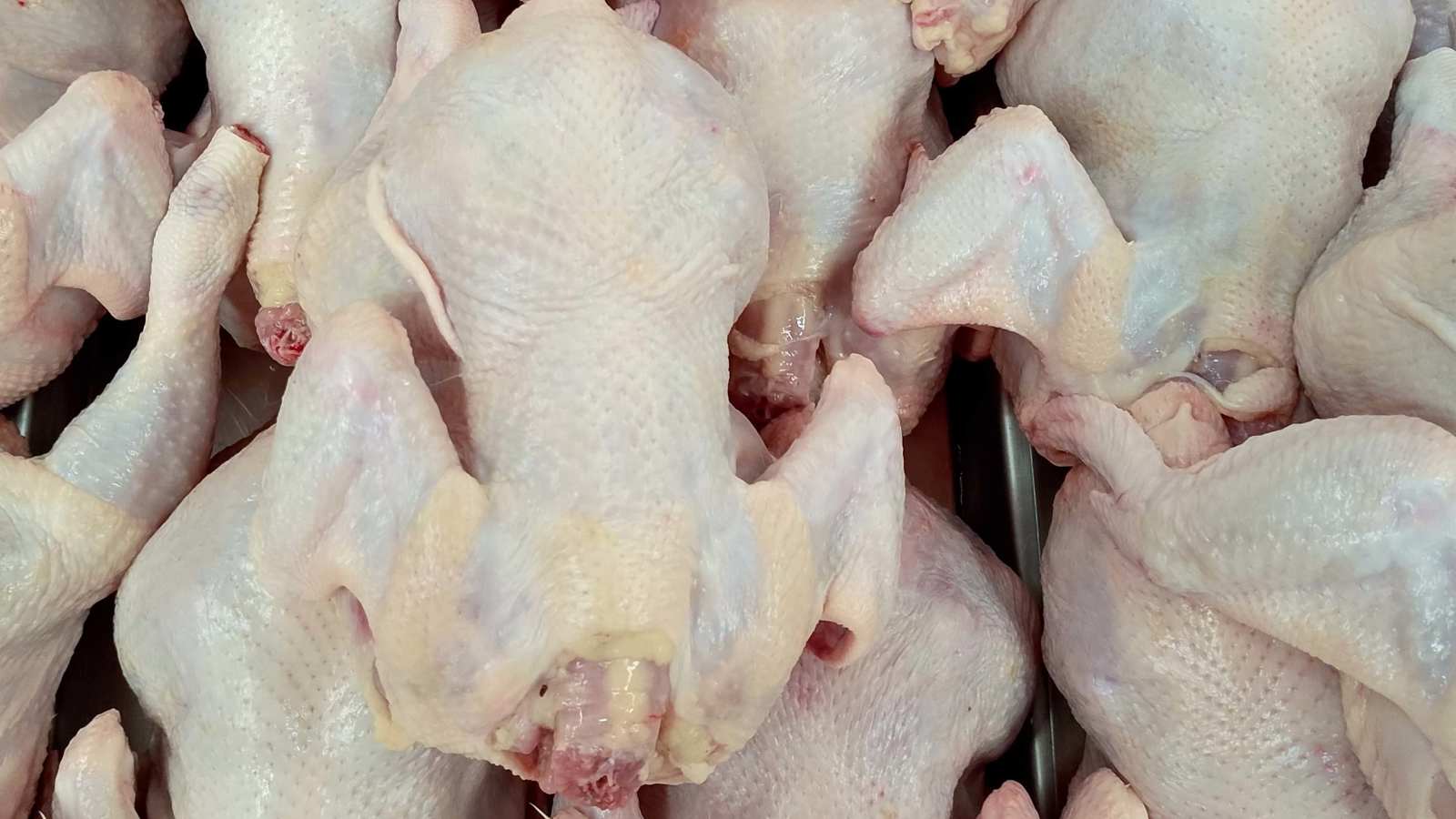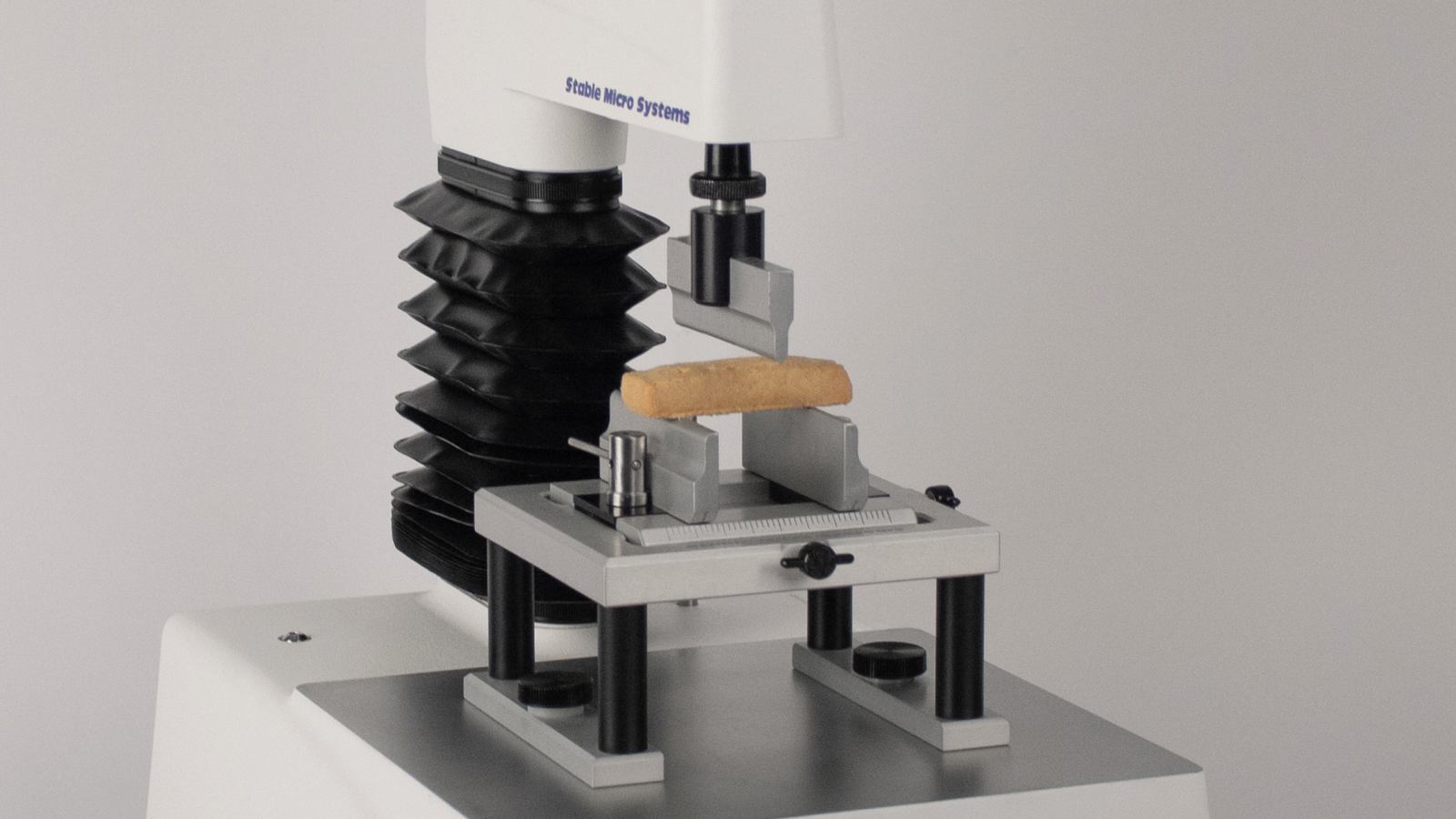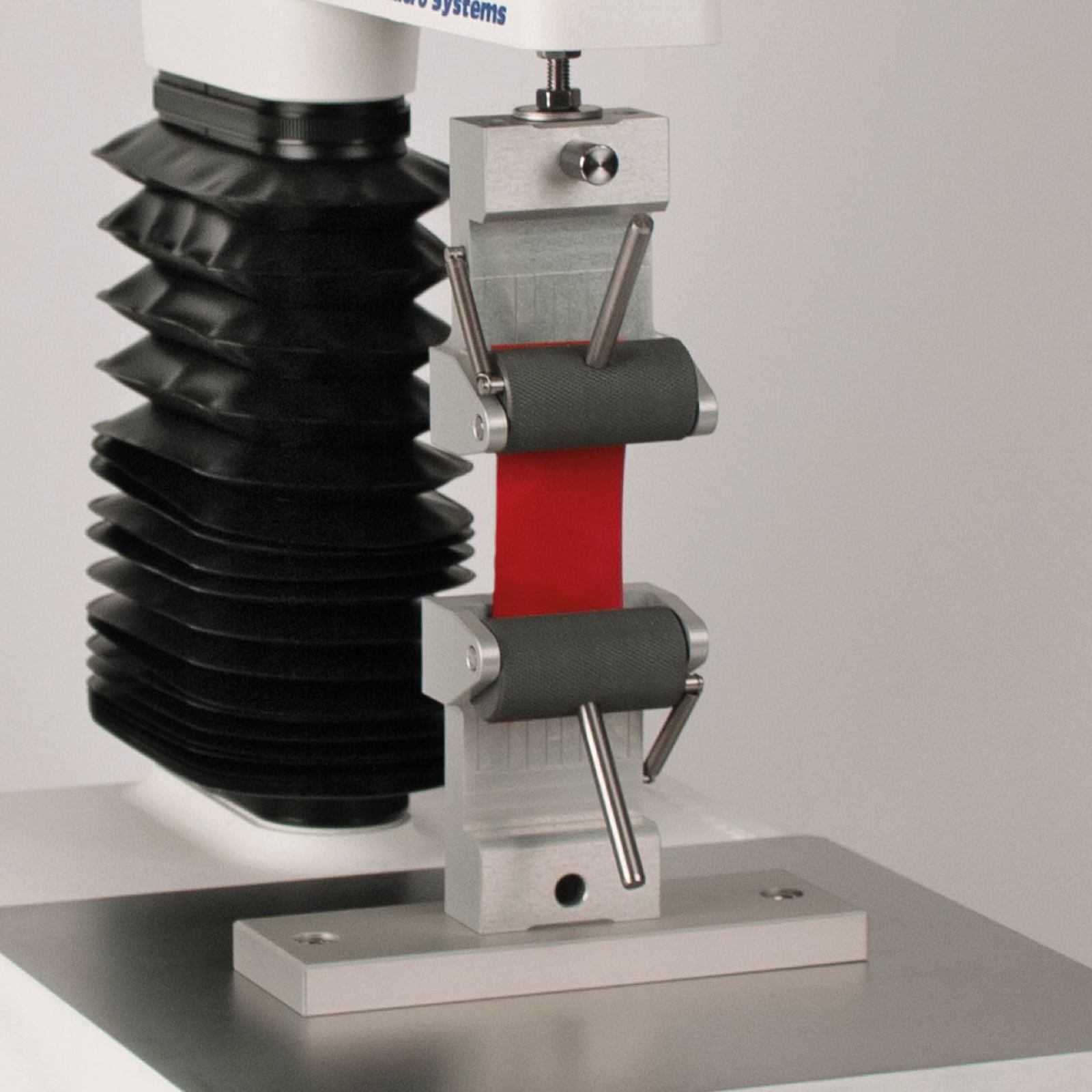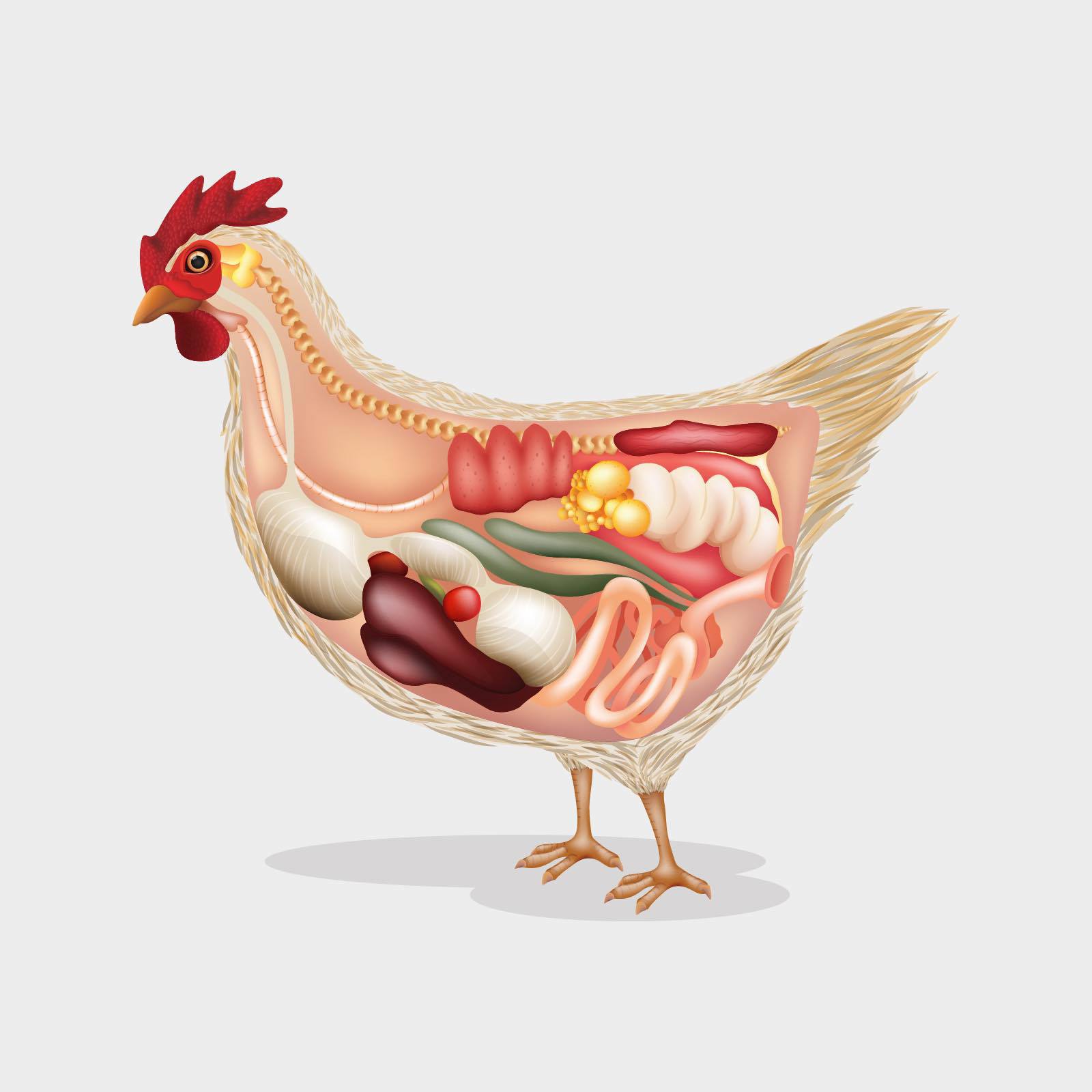
Measuring quality parameters in the poultry and egg industry – Bones and intestines

Three-Point bend test: Chicken bones
In poultry, musculoskeletal disorders are a major negative outcome of poor nutrition. The food given to a chicken directly affects its bones, muscles and tendons; foods such as rye can cause bone strength to deteriorate. Young chickens used in meat production suffer a large proportion of these problems as good nutrition is crucial during rapid adolescent growth. This can lead to a high adolescent mortality rate and lameness, both of which contribute to decreased economic yields.
Flexure tests are common practice for measuring bone strength. These may take the form of a cantilever test (in which the bone is clamped in place at one end) or a three point bend test.
Published research example that use this test:
- Evaluation of Increasing Manganese Hydroxychloride Level on Male Broiler Growth Performance and Tibia Strength – Scientists from Texas A&M AgriLife Research used their TA.XT2 Texture Analyser to perform flexural tests on tibia samples.
Tensile strength: Chicken intestines
Contamination problems in broiler chicken processing plants can be a very difficult economic problem. Contamination risk is linked to the length of pre-slaughter feed withdrawal. Excessive withdrawal times can cause fragile intestines – a difficulty during automated processing. Stronger intestines are more robust during processing and reduce the risk of plant contamination. Feed withdrawal must be optimised for maintaining digestive system integrity while successfully targeting physical emptying.
Tensile testing of intestines is an effective method for measuring their integrity, and assessing their risk of breakage during processing.
Part 4 in a 6 part series on measuring quality parameters in the poultry and egg industry. Read Part 1 – Introduction, Part 2 – Uncooked poultry methods, Part 3 – Cooked chicken methods, Part 5 – Processed chicken products and Part 6 – Egg properties.












